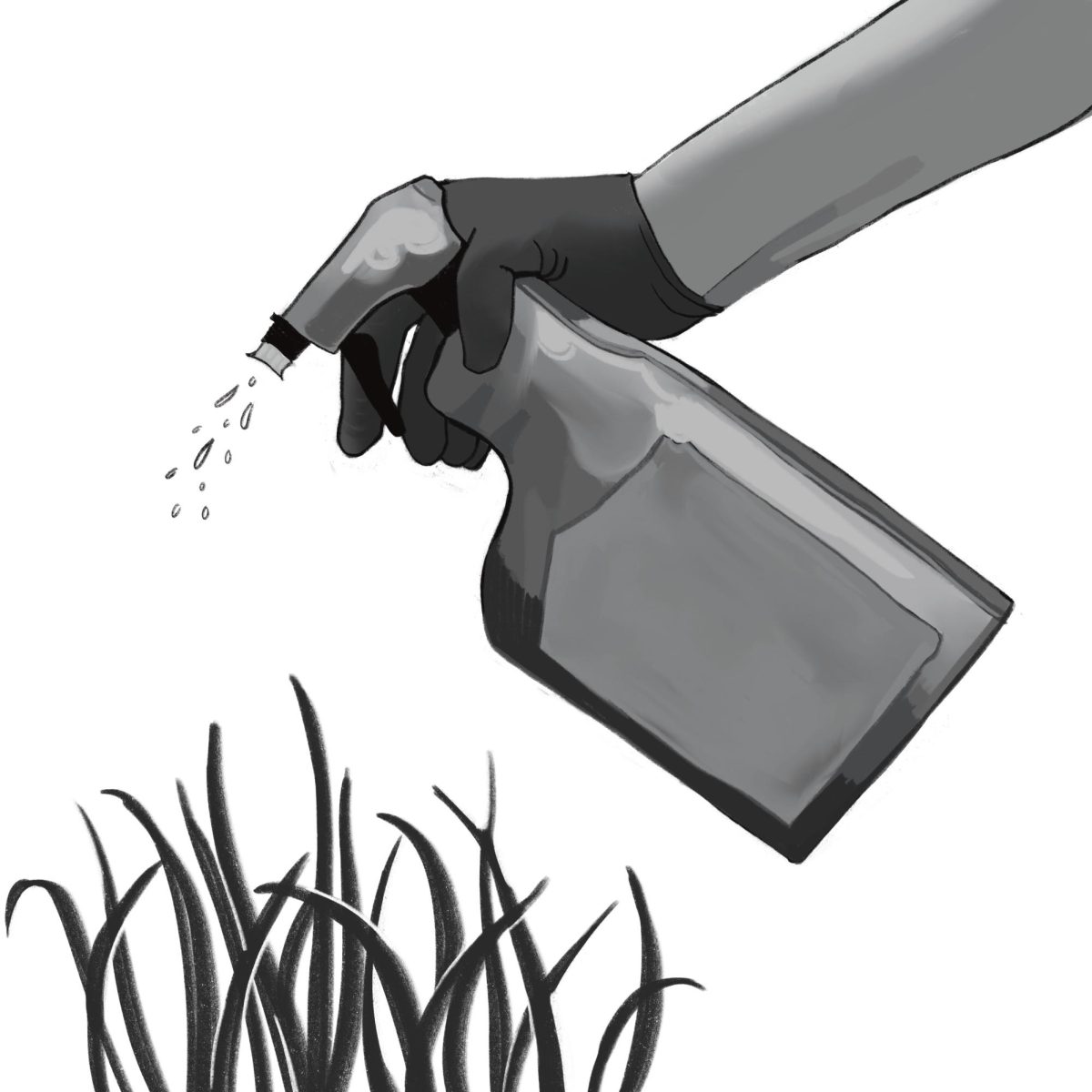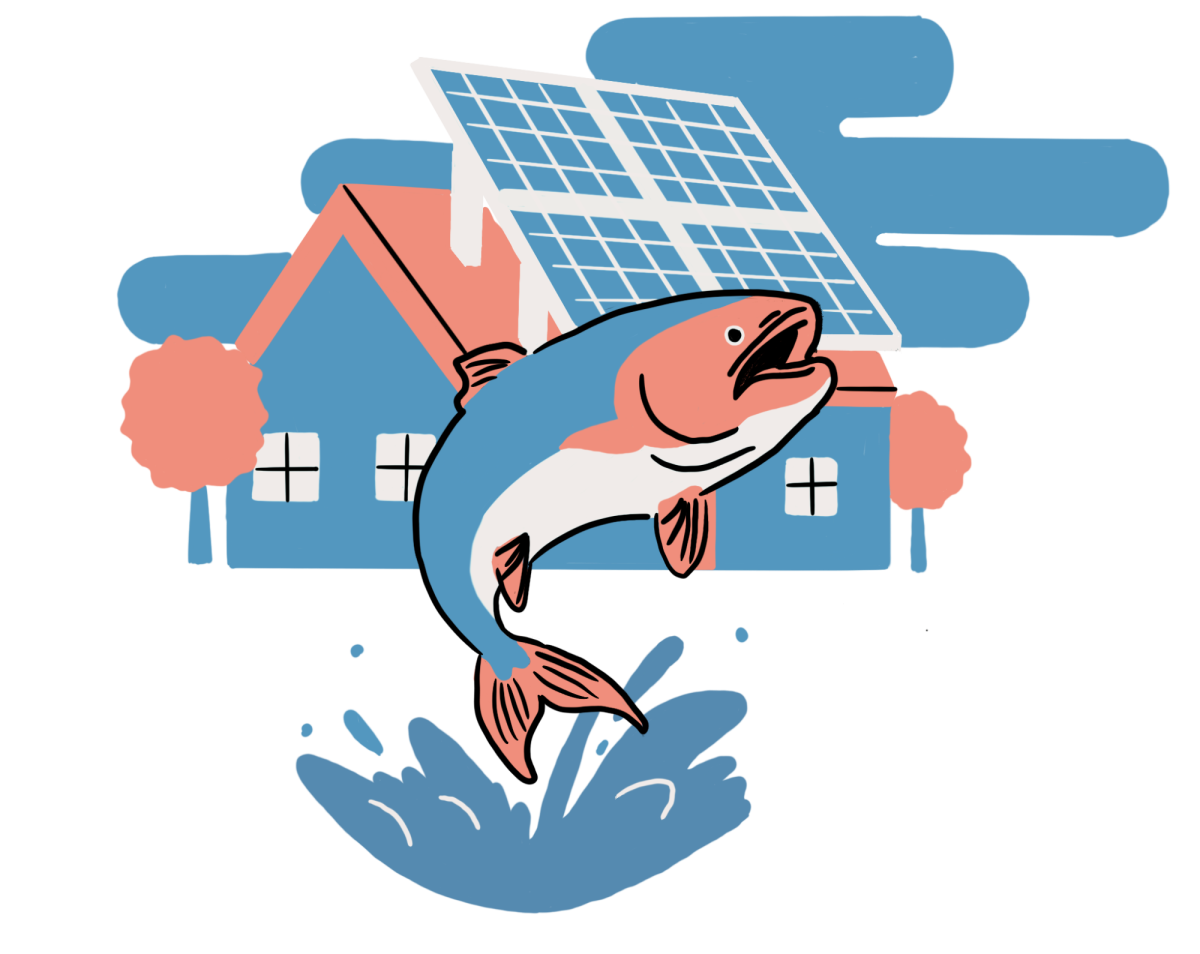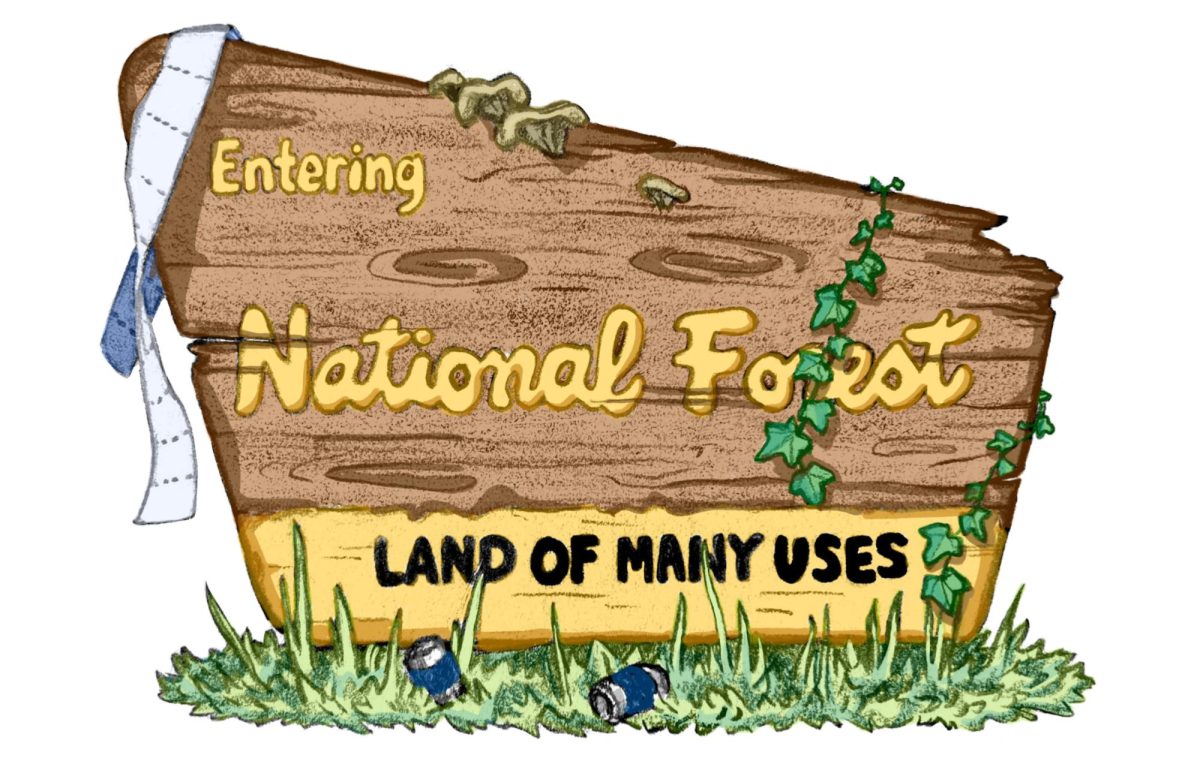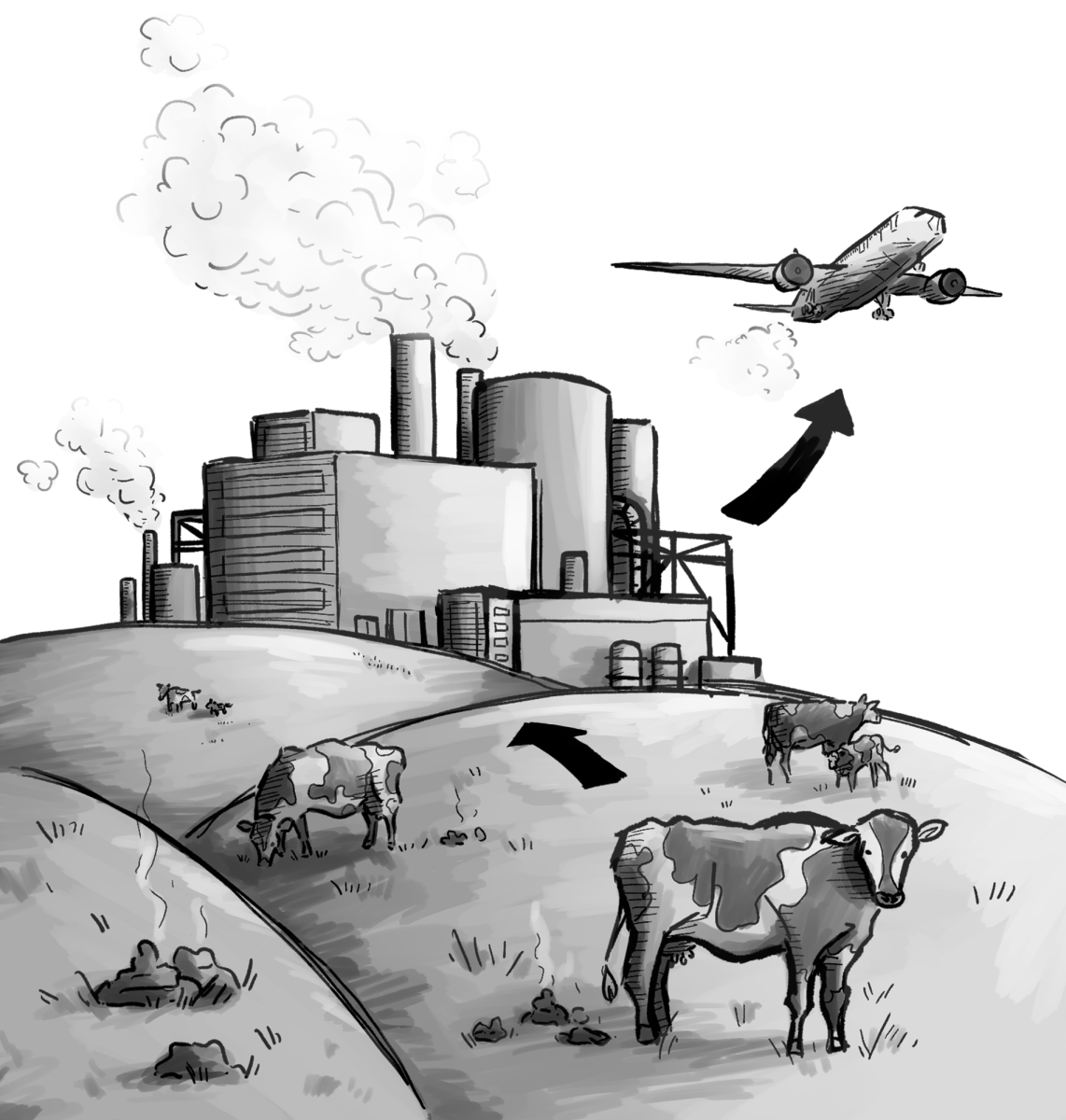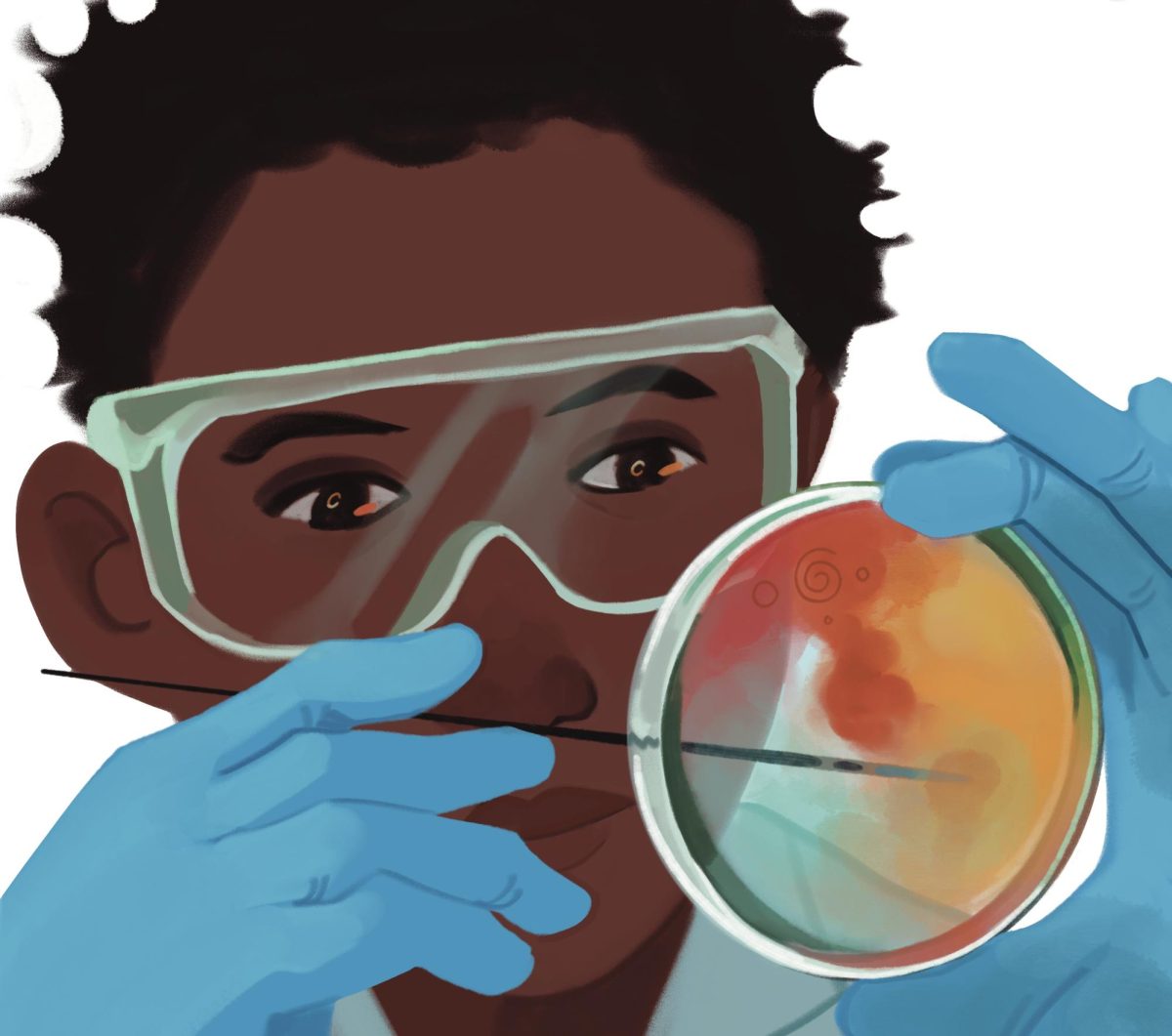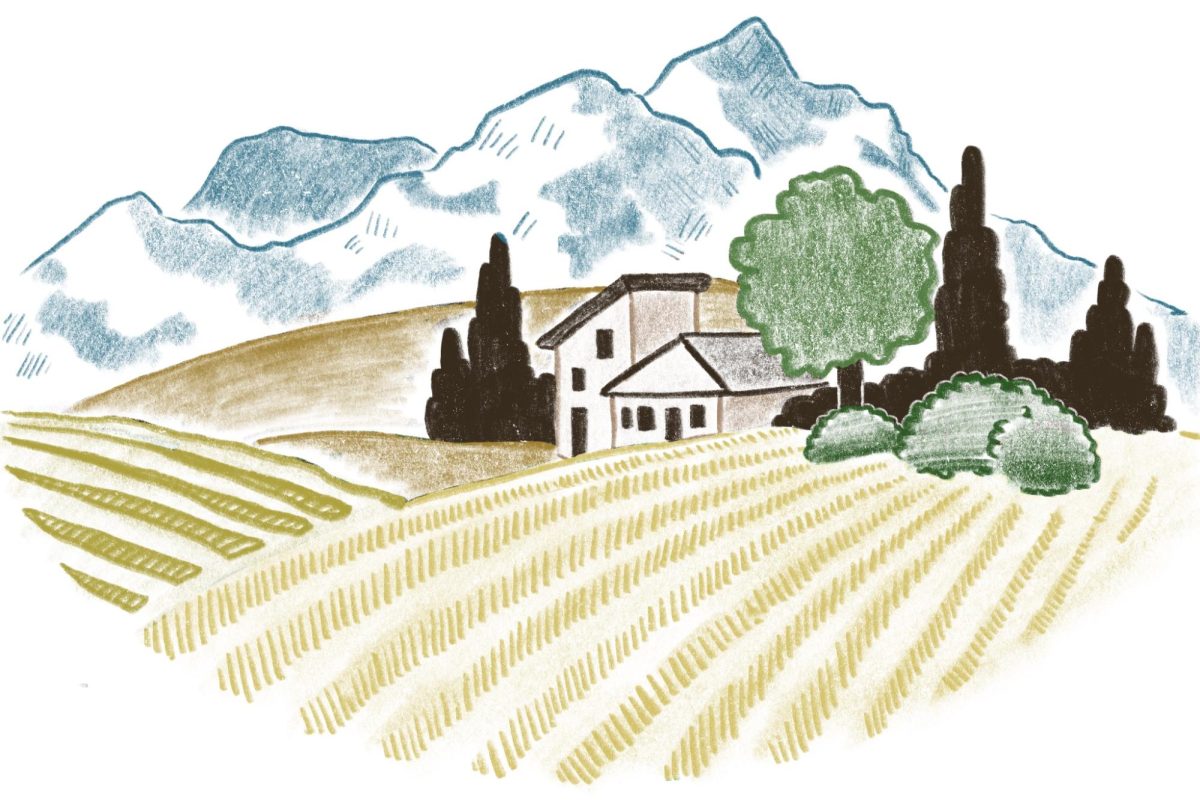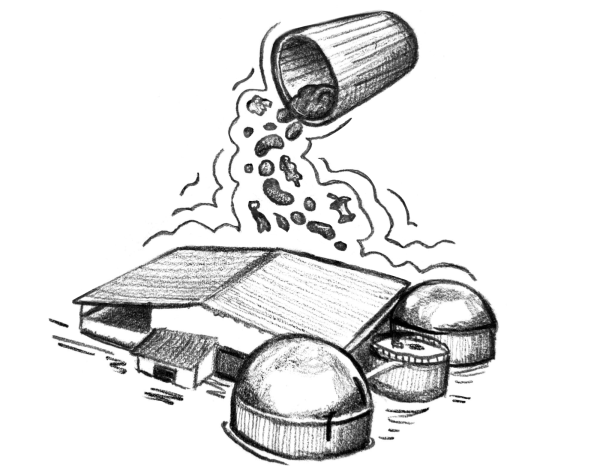
If you take the highway south out of Walla Walla and keep going for about an hour, just before reaching Pendleton you’ll pass by the Confederated Tribes of the Umatilla Indian Reservation (CTUIR). Within the CTUIR, scientists are taking huge steps toward a sustainable future, particularly in regards to food waste management.
According to the EPA, food waste makes up 24.1% of material sent to landfills, making it the largest category of municipal solid waste. This causes major problems since the decomposition of organic matter in oxygen-free environments generates methane, a greenhouse gas that poses more danger to our climate than carbon dioxide. Modern landfills are usually built with impermeable liners and capped once they reach capacity, which cuts off landfill waste from oxygen exposure. This means that when food waste is left to decompose in landfills, it just contributes to methane emissions in the atmosphere. When it comes to managing food waste, landfills are not the way to go.
Sustainable alternatives are crucial. Composting is a popular option. It’s a process in which organic materials are set aside to decompose into a carbon and nitrogen-rich soil product, sometimes colloquially referred to as compost-tea. When done properly, this method reduces (but does not eliminate) methane emissions and produces a result that works great as fertilizer. Many major cities in the Pacific Northwest, including Seattle and Portland, have even implemented city-wide composting.
It’s a decent way to handle food waste, but it doesn’t come without downsides. Not all food can be composted, so it doesn’t manage a large portion of food waste. Unless a compost pile has generated a significant amount of heat, many energy-dense items such as meat, dairy and oil can’t be composted. Additionally, large-scale composting sites often deal with contamination, making the product less useful. Fortunately, it’s not the only solution.
CTUIR’s new project, “Nixyaawii, Don’t Throw It Away!“ presents an alternative that’s potentially even more efficient: anaerobic digestion.
“It works a lot like how our stomachs digest things,” said Colleen Sanders, a co-director of the project. “We use our teeth to break up living matter, and then we swallow it again in anaerobic conditions, where microbes will break it down and release the nutrients … both in a physical form [and] gaseous form.”
Like composting, anaerobic digestion involves microbes aiding in the decomposition of organic matter and results in a physical product that can be used as fertilizer. Unlike composting, anaerobic digestion does not reduce methane production. Methane gas is a natural byproduct of the process, but the methane is caught before it can be released into the atmosphere. With this project, the methane is then refined and used as energy.
“We call it renewable natural gas because it is a methane gas that comes from the decomposition of living materials. So it’s not coming from a fossil fuel. It’s coming from materials that already exist and are within a harmonious carbon cycle on the land,” Sanders said.
The project was initiated by DeArcie Abraham, owner and operator of BioWaste Technologies LLC. She is a gardener and enrolled tribal member who noticed the need for waste management techniques within the community.
“I was a composter originally,” said Abraham. “I started composting with worms … the microbiology they put out when they process waste was interesting to me. I ran into some anaerobic digestion information, but I didn’t ever dream of my tribe picking something like that.”
It wasn’t until she brought her ideas to Sanders, who works within CTUIR’s First Foods Policy Program, that the ball started moving on the project. In collaboration, Abraham and Sanders secured a grant from the USDA to kickstart the process.
“The anaerobic digestion came about because of the EPA food waste hierarchy,” said Sanders.
The EPA’s food recovery hierarchy is a useful guideline in terms of the ideal use of the food supply.
“With extra food, you should feed hungry people first, and then you should feed hungry animals, and then you should use it for industrial purposes, and then you should compost it, and at the very bottom, it should go into the landfill. I was curious about what those industrial uses would be,” Sanders said.
The process itself is quite simple, but the project has a number of pieces to it. Once food waste is collected, it is taken to the Áq’paš (pronounced “ak-paash,” which translates to “stomach”) where the anaerobic digestion takes place.
“There’s an inlet where you put your waste … and then there’s an outlet where the output of the wastewater or compost-tea will come out. On the top of [that] bag is where the gas will collect. The bag then will go through a scrubber [which] will scrub out some compounds that make the gas dirty. That will clean the methane so that [it] is a pure form. [A] hose will connect to either a stove or a generator that will convert the gas into electricity,” said Abraham.
The process is seasonally dependent since the microbes that facilitate digestion thrive in warmer temperatures. This meant that the Áq’paš could not begin operations during the winter months. But as of March 5, the system is up and running.
“We had to postpone starting the Áq’paš until the temperature outside has reached about 40 degrees at night,” said Sanders. “We were a little bit saddened that we weren’t able to start the Áq’paš earlier, but this is what it means to be seasonal. Sometimes, you have to wait for the appropriate time for something to happen.”
Inevitably, colder seasons will limit the productivity of the Áq’paš, but now that it’s started, Sanders and Abraham are hopeful that it can maintain enough momentum to operate continuously.
“It’s a little bit like a beehive,” said Sanders. “If you get it robust and get it going through the winter and provide a little bit of buffering for it, there’s a good chance it can make it through.”
The Áq’paš is located in a building set up near the Mission Longhouse, which is a key tribal community center.
“A lot of stuff happens in the longhouse,” said Allen Zamudio, an enrolled CTUIR tribal member and first-year Whitman student. “Feast, memorials, powwows, culture night … there’s usually food involved. Sometimes they’ll make fry bread for the powwow. Sometimes for memorial services or namings, you’ll have food afterward.”
This project location makes it easier for the community to engage with the project and for those working on the project to gauge how the community feels about it.
“While we’ve waited for temperatures to become hospitable for our Áq’paš, we’ve been gathering information and making sure that our community is comfortable with what we’re doing,” Sanders said. “A lot of times the longhouse cooks have also expressed a desire to be better with working with the stuff that gets thrown away as part of events.”
As the program gets off the ground, support from the broader region will be needed to help keep the system alive.
“It’s definitely a regional effort. We know that we as a tribe probably don’t generate enough to sustain a large-scale facility,” said Sanders.
The “Nixyaawii, Don’t Throw It Away!“ project is a promising strategy for food waste management, and it is still in its infancy. Right now, there are still many unknowns. It will be exciting to find out how much energy will be produced or how the Áq’paš will handle seasonal changes.
It is also just one piece of CTUIR’s moves towards sustainability. Zamudio has noticed other small changes being made as part of these efforts.
“The tribe started distributing reusable utensils for people to bring so that we’re using less plastic. I don’t know how often people actually use them, but it is a new thing that’s been introduced to the community,” Zamudio said.
In today’s world, the uphill battle towards a sustainable future looks steep. Food waste is a major cause of greenhouse gas emissions, but seeing local indigenous communities implement ways to find benefits from processing food waste inspires hope for the Pacific Northwest at large.

